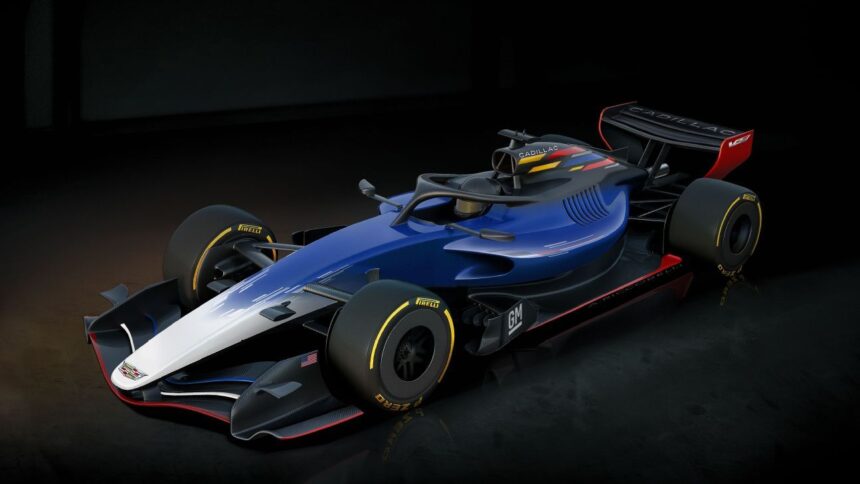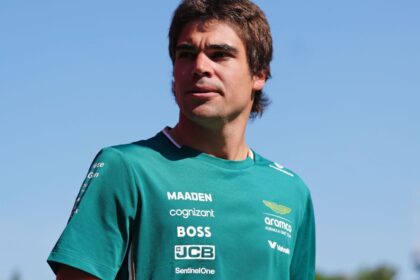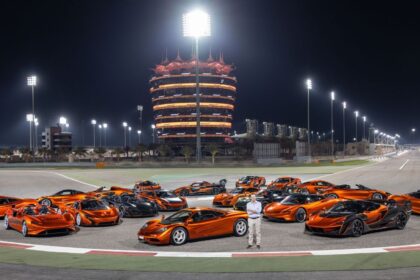The new Cadillac Formula 1 team has taken inspiration from NASA’s Apollo missions to meet its deadlines before its debut at next year’s Grand Prix.
Cadillac will join the grid as the eleventh F1 team in 2026 and, until Tuesday, has 250 days to prepare for its first official practice session at the Australian Grand Prix.
The team received confirmation of their place in F1 115 days ago, and now faces a race against time to design and manufacture their cars from their bases in Silverstone and the United States.
It has already built a proof-of-concept chassis that has undergone unofficial crash tests in the UK (including a 50-ton frontal impact test), as well as tests of a 60 percent scale model in Toyota’s wind tunnel in Cologne.
During a visit to the Cadillac base in Silverstone last week, team director Graeme Lowdon told reporters that his team has employed about 400 of the 600 employees it plans to have in time for its F1 debut.
To have two cars ready in such a short time frame, Cadillac has tried to minimize the hierarchy within its team by adopting a management structure based on the Apollo Mission Control Center.
It’s very modeled on the Apollo project. It’s very similar. Okay, we’re not going to put a man on the moon, but sometimes it feels like that.
Lowdon explained that the need for peer-to-peer interaction is crucial for the project. Direct communication between engineers, both in Silverstone and in Charlotte (North Carolina) and Warren (Michigan), is fundamental. Therefore, a very flat management structure has been chosen.
The team has relied on the management structures used for the Apollo project, seeking inspiration from how others have approached complex tasks.
Lowdon, who was the CEO of the former F1 team Manor, claims that there are advantages to the Apollo-style structure over a normal team configuration.
The structures of racing teams often resemble the military, with a pyramidal hierarchy and centralized command and control. However, when it comes to a team with multiple locations, this becomes a challenge.
Instead of a hierarchical structure, a “mission control” has been implemented with a flat structure, where engineers can communicate directly with each other, focusing on the main mission. Everyone knows the goal and what needs to be done.
Cadillac F1 is inspired by NASA: Apollo Mission to debut in 2026









